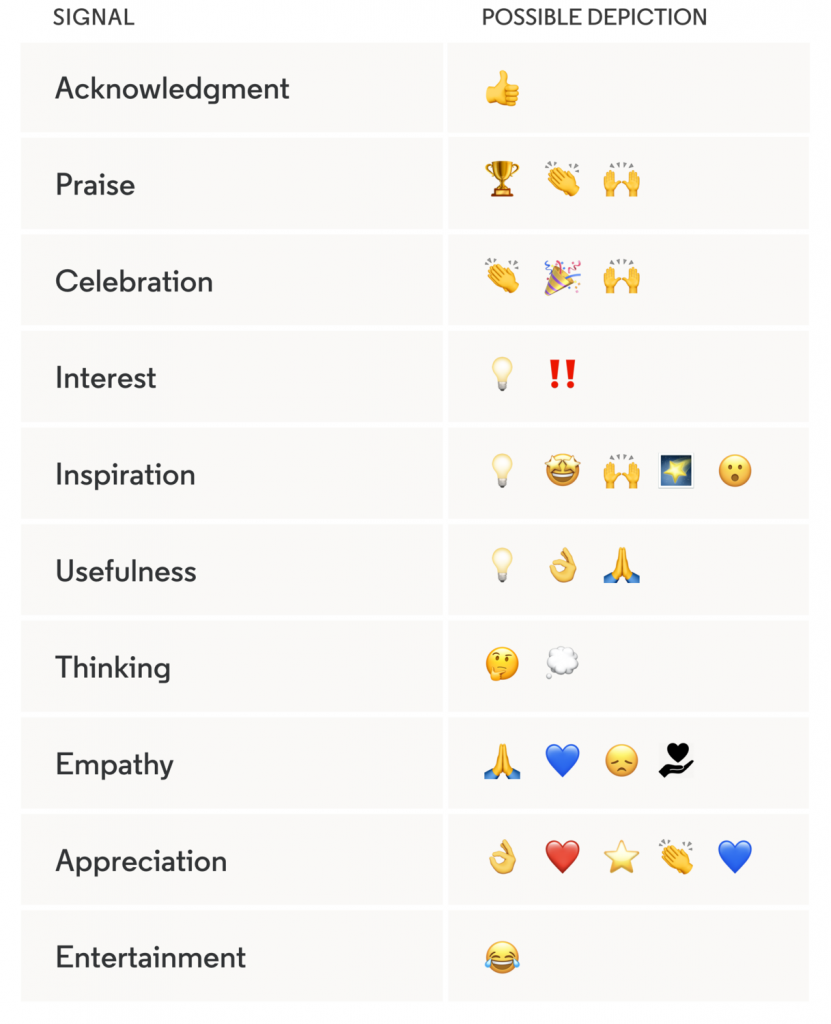LinkedIn has always been presented as a sober network that is not interested in keeping up with the best emojis or stickers.
LinkedIn just wants to keep its eyes on its audience: professionals looking for serious publications.
Or at least that’s how it was.
Sooner or later all the networks must have a youthful, attractive and customizable touch because the generations that begin to enter the world of social networks increasingly have less square ideas of how a social network should be seen.
Each network to its subject and those who move from one network to another, we know that rarely see in this network the viral video of a puppy that swam in a bathing suit.
LinkedIn accepts more advice from entrepreneurs, recruiters, and people more focused on creating and maintaining business networks.

LinkedIn, is a network in which we all think when we look for more serious and reliable publications.
Rejuvenate or die
Maybe along the years, LinkedIn has noticed the audiences that are beginning to enter the world of social networks.
Every day we have more Generation Z people looking for a voice in the different networks and, although it is sometimes for leisure, others are for more serious things.
Be that as it may, the generations that come, seek to express themselves in a more complete way and that is why the platform has announced the arrival of their new reactions.
They work just like the Facebook reactions: we put the cursor on the like button and we wait for the new reactions to emerge to choose the one we want.

This is the way creators have to give the community the opportunity to feel more freedom of expression within one of the most serious networks of today.
Clear accounts, long logins
During the process of registering these reactions, LinkedIn has shared its processes with its audience, giving more opportunity for people to express their opinion and choosing which reactions they would like to see.

After an extensive process of elimination, the finalist reactions were: like, celebrate, love, insightful and curious.

Many LinkedIn users log in from their cell phones, which gives this new reaction system more sense for comfortable browsing.
Also, with the reactions of Facebook, it has been found that using reactions tells us of a higher level of engagement of the audience with the content.
This act could give good reputation in two ways: one to our company; if we share content that merits reactions and another to a network if the audience decides that it is worth it to publish interesting publications in it.
Finally, despite the fact that LinkedIn is a more entrepreneurial network, people want to be able to be in it, comment, highlight, and share, as in all other social networks.
Maybe, thanks to the years and the experience we have with the Facebook reactions, the most used reaction will be “Love” (or little heart), but if it were to make another reaction more popular, we would have an excellent study case on the preferences of that specific audience and, perhaps, a clearer trail to follow for our campaigns in that network.

As social beings, the more voices they give us, the more satisfied we feel and we already want to experiment with the new reactions of the most serious network on the web.
Sources
www.socialmediatoday.com
www.searchenginejournal.com

